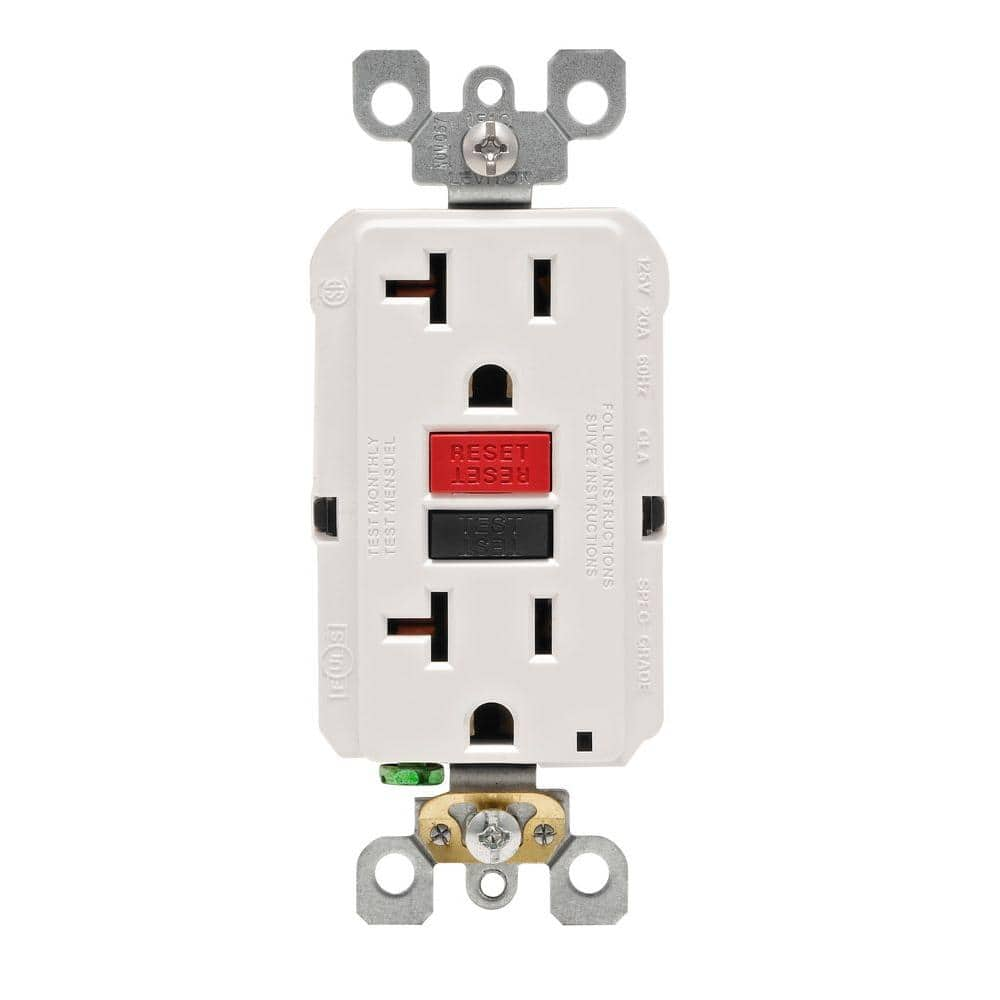The electrician came over and we have a game plan!
We will be running 125amps to the brewshed.
We will be going 50 amps 240 GFCI (although he was worried that the heating element which pulls about 46 amps (so I read) tripping the GFCI...).
There will be at least 4 isolated 120v 20amp ports inside, 2 isolated 120v 20 amp ports in the ceiling (for the negative pressure room, swamp, cooler, and lighting), 1 120v outdoor (greenhouse), and 1 30 amp 120v outdoor (RV).
I've got a shopping list that I will begin pricing tonight, a 90' trench to dig, irrigation to bypass, oh and summer is right around the corner... lol Anyone want to help me dig for $10 an hour and beer??





